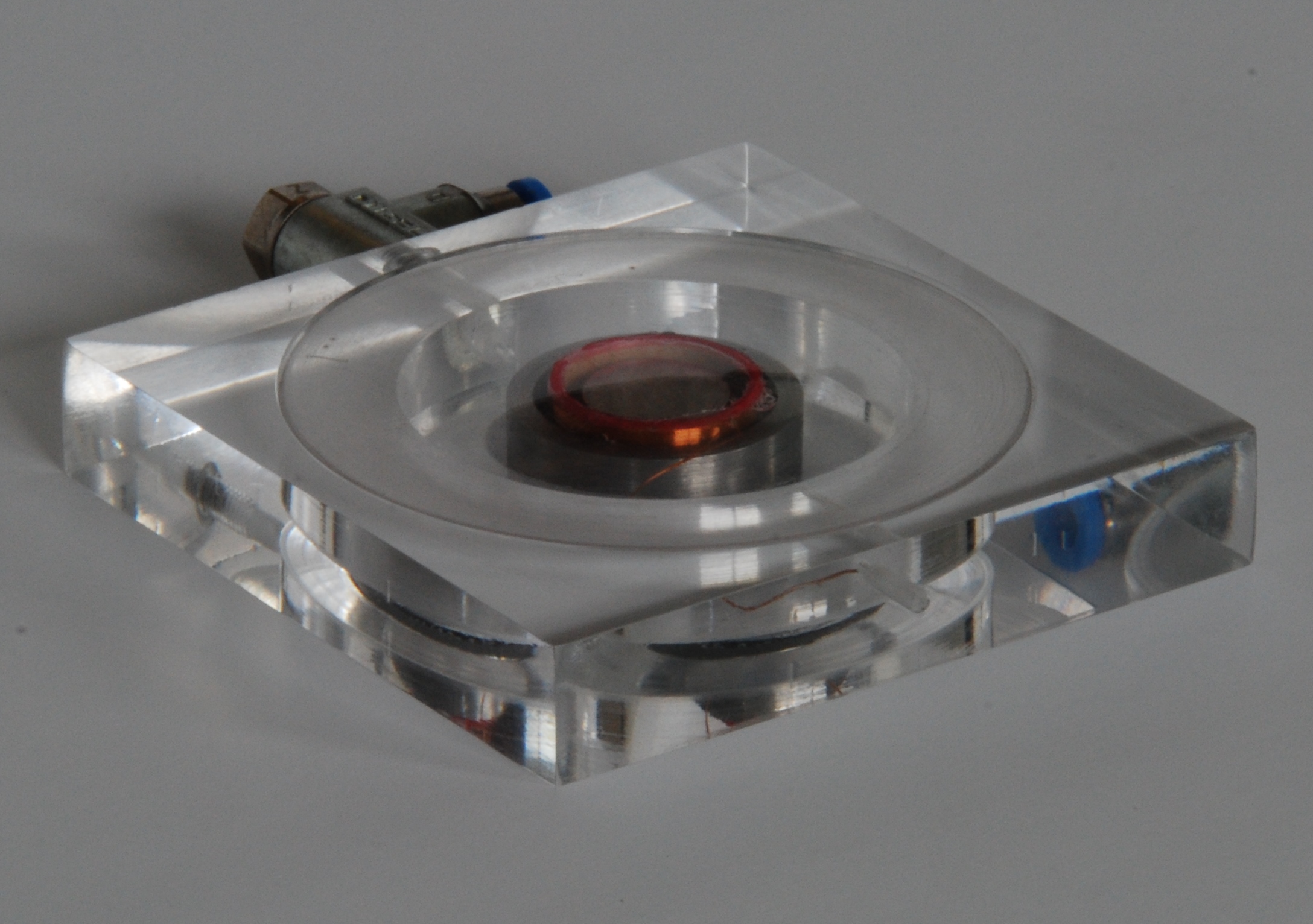
Noise from ventilation systems and devices often cause annoyance. The air conditioning system in the office, cooker hoods in the kitchen, the bathroom fans in hotel rooms and all kinds of exhaust air and extraction systems from machines and laboratories are classic examples. Usually, conventional porous sound absorbers are used to attenuate the noise. Wrapped in a trickle protection and sometimes also in foils, these materials reduce the ventilating noise. However, if there is only limited space available and if low frequencies are particularly annoying, porous materials reach their limits.
In these cases, resonators and, with significantly increased efficiency, activated resonance silencers, offer a good solution to achieve high attenuation for low frequencies in short ducts. They have proven their advantages thousands of times, for example in ventilating systems. However, the active silencers require a large or deep casing so that the enclosed air can be compressed by the loudspeaker diaphragm.
As with the loudspeaker at home, a large volume improves the low frequency sound generation. However, what may seem impressive at home, presents a practical impediment for active silencers. This is why recent research and development work is aiming to find solutions on how to achieve the same results with reduced casings. A common way is to fill the casing with sound-absorbing material. Thus, the casing volume can be reduced by 10 to 15 percent without any acoustical losses. This effect can be enhanced by so-called adsorbers usually used for air purification and dehumidification. The volume can be reduced by up to 75 percent by help of a special powder based on activated carbon. When evacuating the cavity, even smaller casings can be achieved. In this case, the loudspeaker diaphragm is a kind of disc spring, i.e. a closed and domed surface element. If dimensioned correctly, it takes on an almost flat shape under negative pressure. The connected electrodynamic drive unit only requires little energy for the deflection and sound generation. This “slimming down” of the active silencers includes another enduring benefit: Slim silencers not only save space but also the energy of the fan. The acoustically damped duct cross section of the silencer can be larger so that the air does not have to be pressed through a narrow silencer gaps.